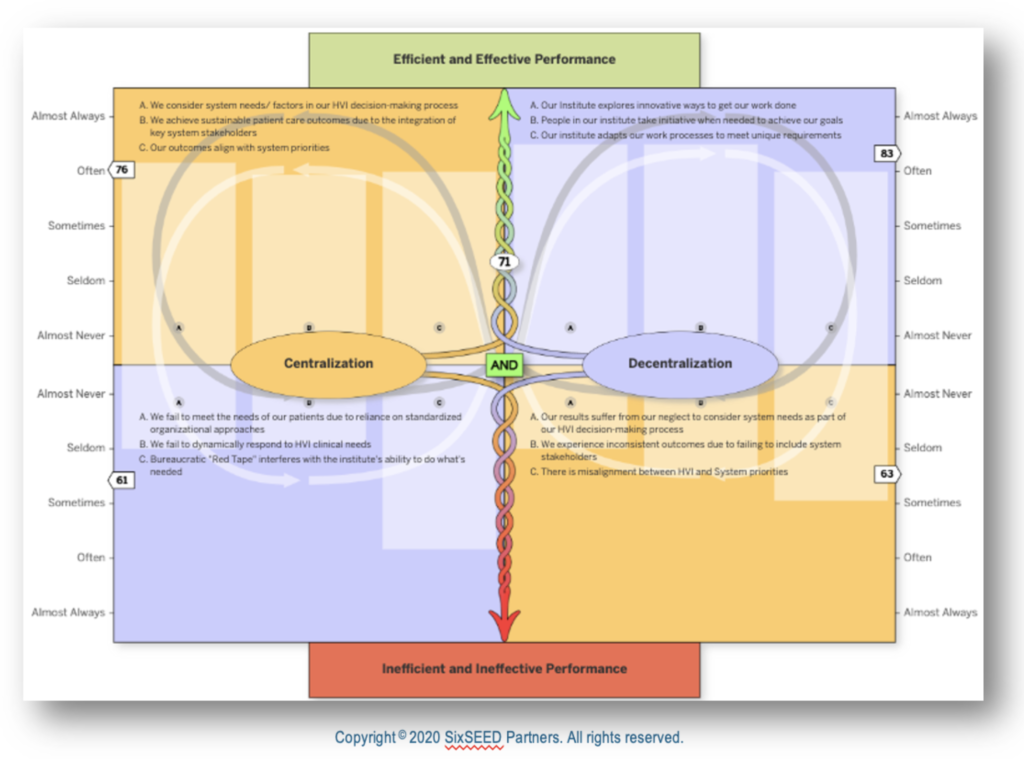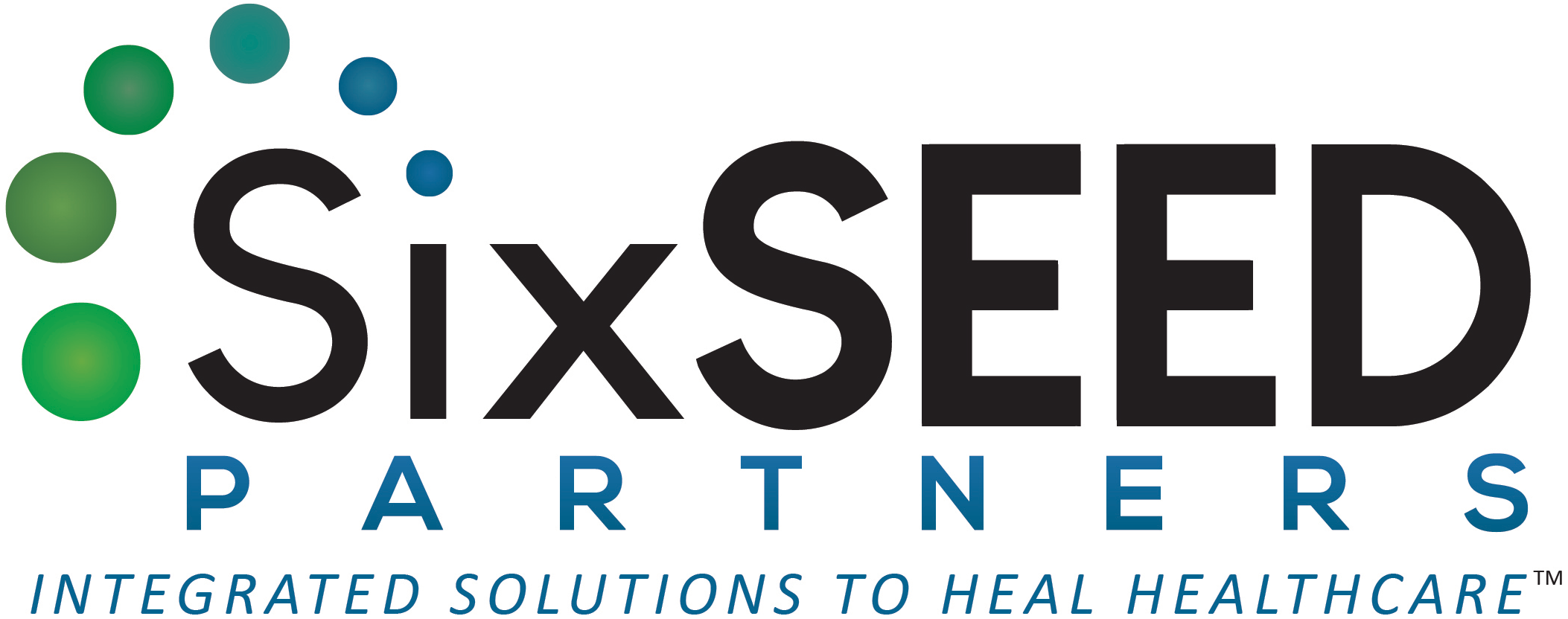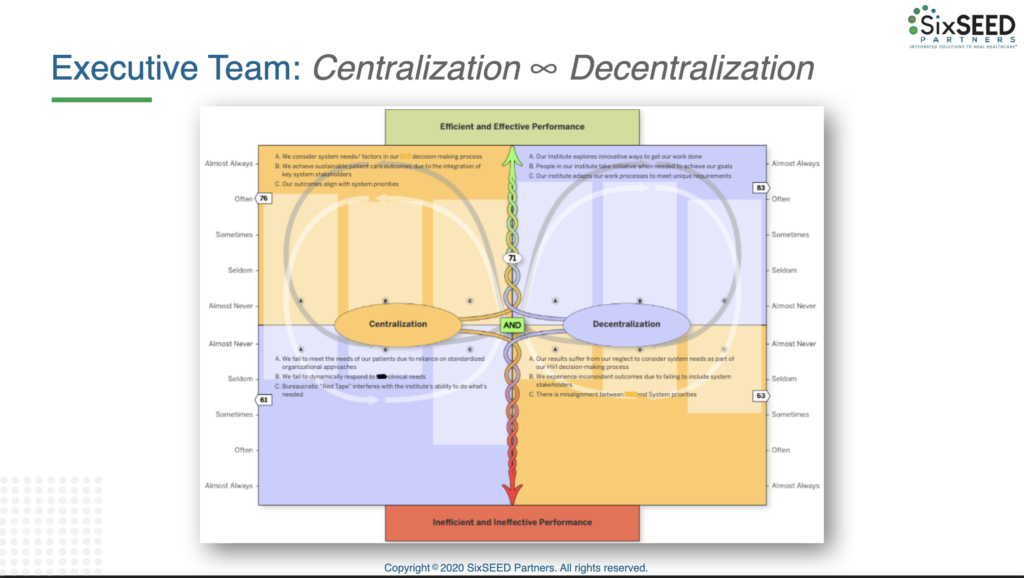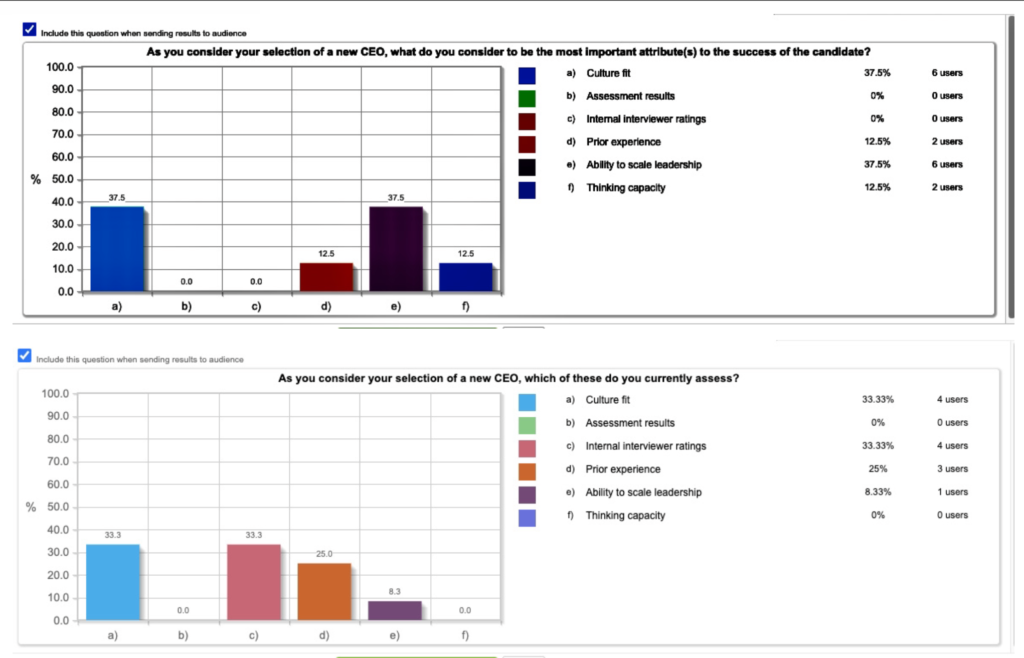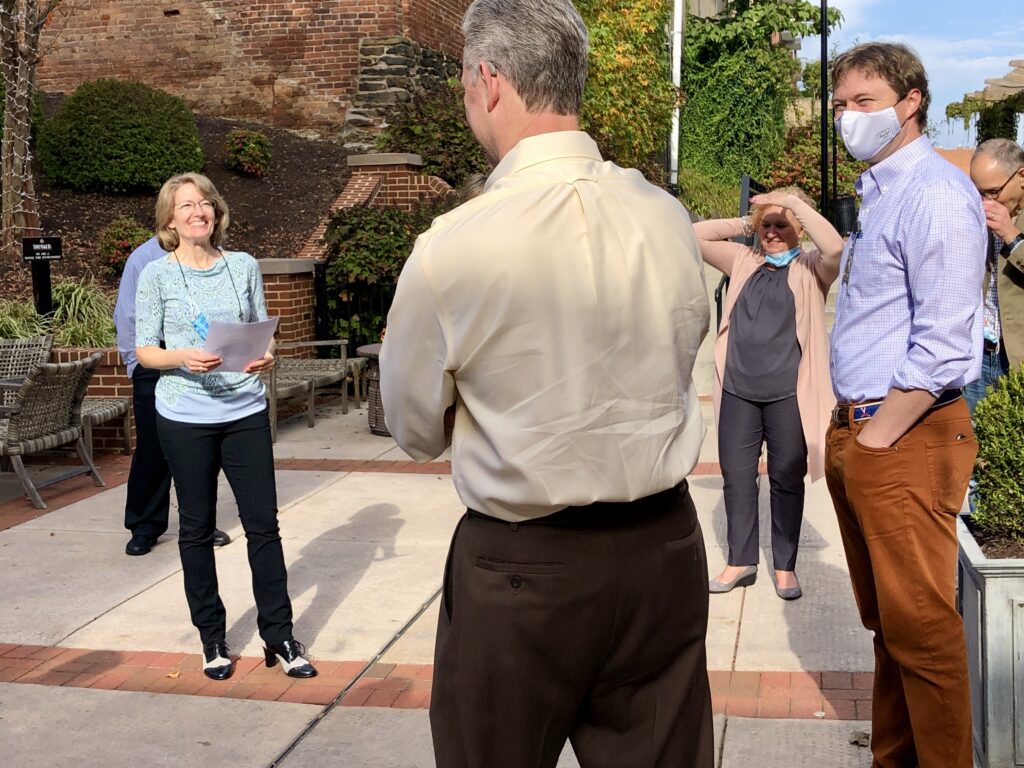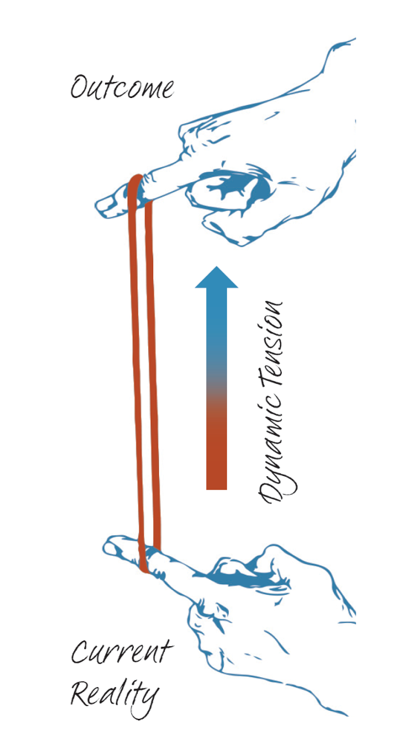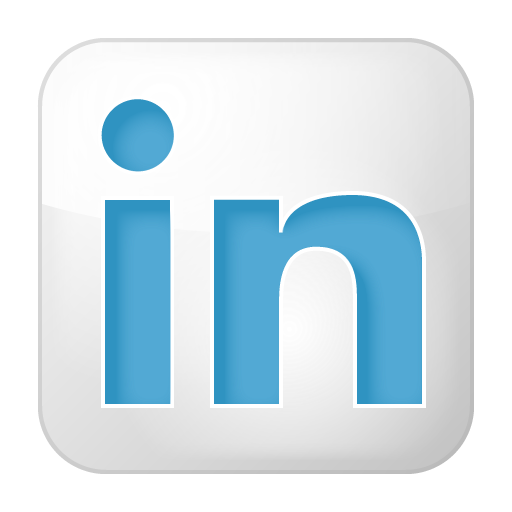Joy W. Goldman RN, MS PCC: CEO SixSEED Partners
Background: Three strategists from PwC published in April’s Harvard Business Review: “6 Leadership Paradoxes for the Post- Pandemic Era”. As we await the publishing of Barry Johnson’s:” AND: Making a Difference by Leveraging Polarity, Paradox and Dilemma: Volume 2 Applications,” in which we have contributed numerous chapters, we feel affirmed in focusing on this essential capacity for post-pandemic leaders. We’re also pleased to see that SixSEED Partners has worked with several individual and system clients to measure these exact tensions.
Both/And different from Problem-Solving
As a reminder, (see prior posts) both/and – polarity thinking supplements traditional either/or problem-solving thinking in order to best manage complex, ambiguous, volatile and uncertain situations- all of which are part of healthcare’s NOW. It’s an advanced thinking capacity as it requires a leader to be able to see (the first step of the SMALL polarity process: seeing-mapping-assessing learning-leveraging) what seems like opposing perspectives. Leinwand, Mani, and Sheppard highlight six of these interdependent tensions. Below we’ve highlighted their six and translated them into language we’ve used and measured with our clients:
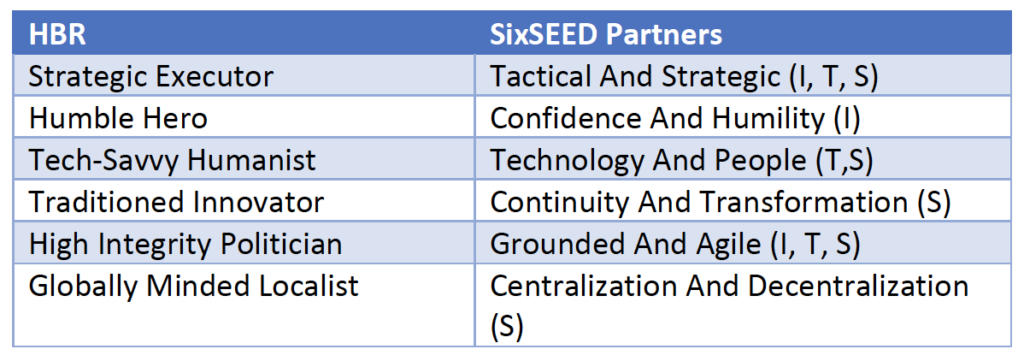
We take HBR’s leader-focused tensions and expand into individual, team and systemic tensions. We’ve adopted the ethos behind the quote from a GE leader: “you don’t put a changed leader into an unchanged system.” As we partner with clients, we focus on individual, team and systemic tensions to ensure sustainable results.
Applications to our current work
SixSEED Partners has integrated these tensions in our individual coaching as part of the 360 feedback and development process; in our culture work with Information Technology and Healthcare organizations and medical groups; and in developing and strengthening nurse and physician leader partnerships. Pasted below you can see the results of measuring the tension of Centralization and Decentralization. At a glance, you can see the opportunity to better leverage centralization in this heart and vascular institute. The White infinity loop represents their actual scores as compared with the ideal grey loop. Through dialogue, it was eye-opening for this group of physicians to objectively see how often they fall into feeling victim to the needs of the larger organization instead of noticing their opportunity to better consider system factors as they plan their decentralized program efforts. In being able to consider and measure the both/and, they save time, energy and resources that go into over focusing on their division needs alone.
Let’s hear from you
We’d love to hear how you are helping your leaders see the both/and of these six paradoxes and others. If this work seems like it could help you and your teams, we’d love to talk with you to explore how this approach might help your clinical leaders. Please post your responses on our LinkedIn page or send us an email here.
